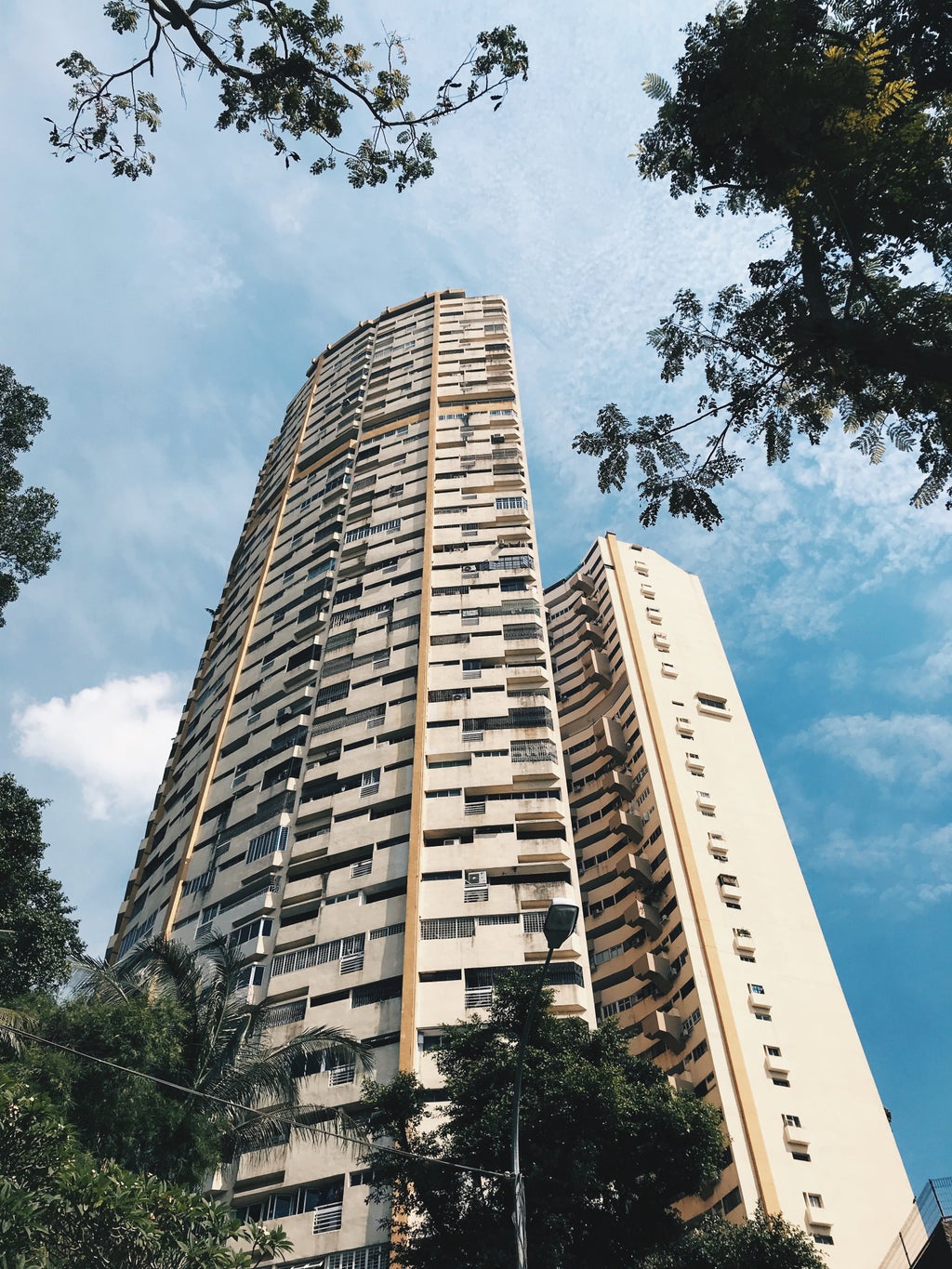Looking at Singapore’s history through a timelapse, you would realise how quick and vast the landscape has changed. From a forested island, to small villages and kampongs, to ports and shophouses, and finally to a HDB-filled metropolitan city, Singapore’s architecture has gone through widespread and constant redevelopment. It makes you wonder about the history and memories lost as the rubble falls and new bricks are built upon ashes.
The justification is that Singapore has limited land space with a growing population, leading to overcrowding in area per capita. With just 728.6km² and 5.5 million people, it is logical to redevelop old estates to increase functionality for our growing population. Yet, it always seems like we are losing something.
Many would say that our city is without soul. Amidst the glitter and glamour of a metropolitan city, the architecture is near perfect monotony — glass buildings and tall skyscrapers, never-ending electricity running through the roofs, the roads and the offices. Everything appears manufactured from the same producer, lacking naturality and it rarely sparks interest beyond the initial awe.
A part of the soul that is lost is our culture. Transitioning from kampongs and villages to high rise HDB flats, we have significantly lost a sense of community, now boxed into small squares and shut behind firm doors. While the sense of kampong spirit existed among HDB communities in the early days, it seems to have dissipated with increased feelings of isolation taking its place. Few of us tend to engage in conversation with fellow neighbours, speaking nothing more than a “hi, bye” if we do. How many of us today truly know our neighbours? Kampongs provided an optimal environment for community bonding, because neighbours depended on each other for job opportunities, baby sitting, schooling, food and more. Community spaces were created out of spontaneity, unlike those structured places made out of man-made materials that we see today. Our sense of kampung spirit still exists, but much of it has been lost in desperate governmental attempts to revive the kampung culture and the promotion of national identity.
Yet another piece of our soul that lies adrift is our history. Many iconic landmarks from the past have been demolished and memories are left to be forgotten; unable to be passed to the younger generations.
Image of Pearl Bank Apartments
Buildings like the Pearl Bank Apartments showcasing an iconic horseshoe shape, was designed to allow daylight, ventilation and panoramic views without direct entry of heat and light with a west-facing opening. Such innovative and creative architectural concepts that were specific and made for the context of Singapore were in widespread use in the 70s and 80s. Today, however, they are a rarity. Another example would be the Big Splash in East Coast; the first water park to be built with an unforgettable rainbow slide where many have spent their childhood there. The latest building ceasing to exist would be our communal gem — Golden Mile Complex. Known as “Little Thailand ”, it was a haven and a home away from home for many foreign workers. For the elderly, it was a place to socialise and ease loneliness. Golden Mile Complex has stood the test of time, but still couldn’t win the fight against practicality in a fast paced, ever-changing world.
This definitely echoes Singapore’s early days, where she strived to transform from a third world to a first world country. Shophouses were razed to make way for skyscrapers, without consideration for the heritage they hold. These shophouses hold footprints of Samsui women, Coolies and the working class from the 50s through 70s. Their ways of life are also ingrained in these shophouses. With two storeys, people on the upper floor often used baskets and a pulley system to buy items from hawkers on the ground level. Moreover, shophouses are suited for the tropics and Singapore’s weather, with an airwell for ventilation and pitched roofs for easy rainfall drainage, making it an architectural design that suits the Singaporean way of life.
Memories may just be intangible figments of the mind. Yet, they remain important, existing between tangible buildings, water parks, shophouses, tiles, cement. While it is indeed practical for us to evolve and redevelop areas to cope with demands of a large population, it is time we considered the memories and heritage we lose in doing so.



